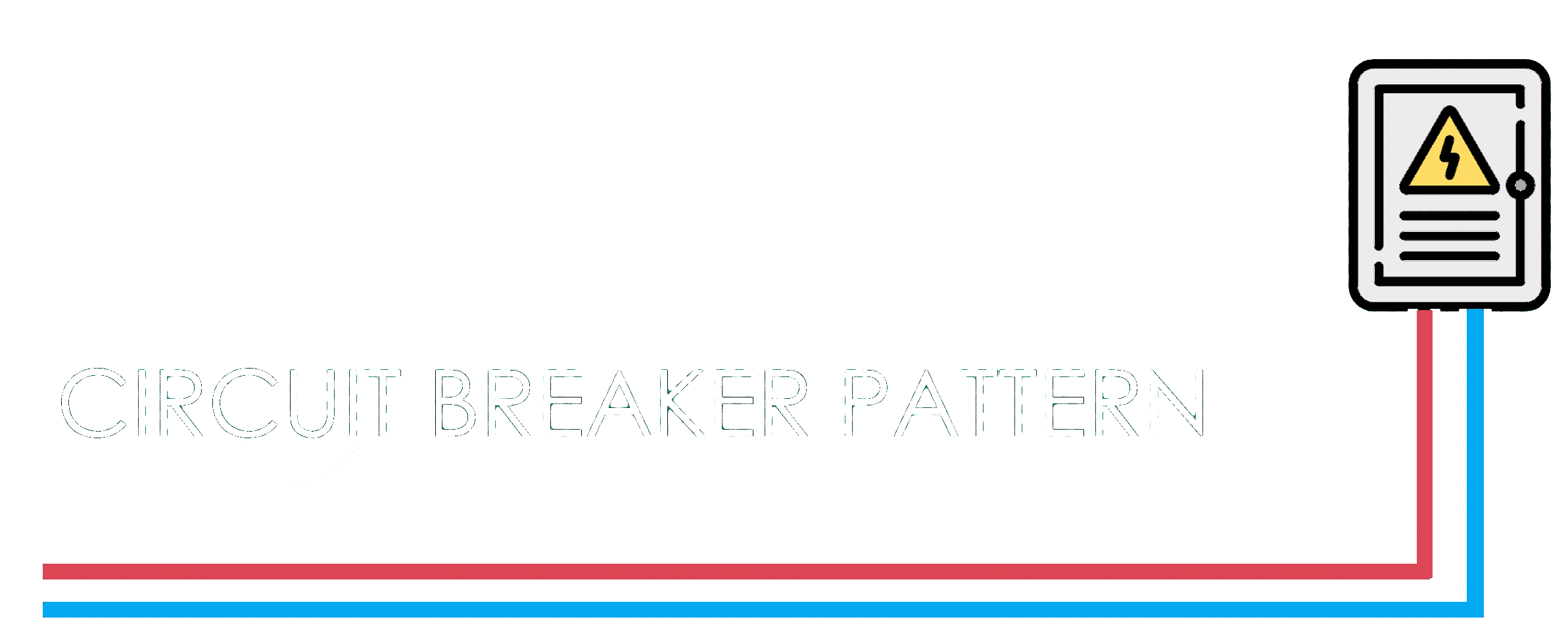
By: Ankit Gubrani / @ankitgubrani90
.about-me{
name: Ankit Gubrani;
title: Sr. Software Engineer;
working at: Playstation;
email-id: [email protected];
linkedIn: linkedin.com/in/ankitgubrani;
twitter: @ankitgubrani90;
blog: codebrains.co.in;
}
Agenda
- Let’s build a microservice application !!!
- Cascade Failures
- Fault Tolerant Systems
- Circuit Breaker
- Circuit breaker implementation using Resilience4j
- Demo
Building a microservice !!!

Immediate failure

How to handle immediate failure
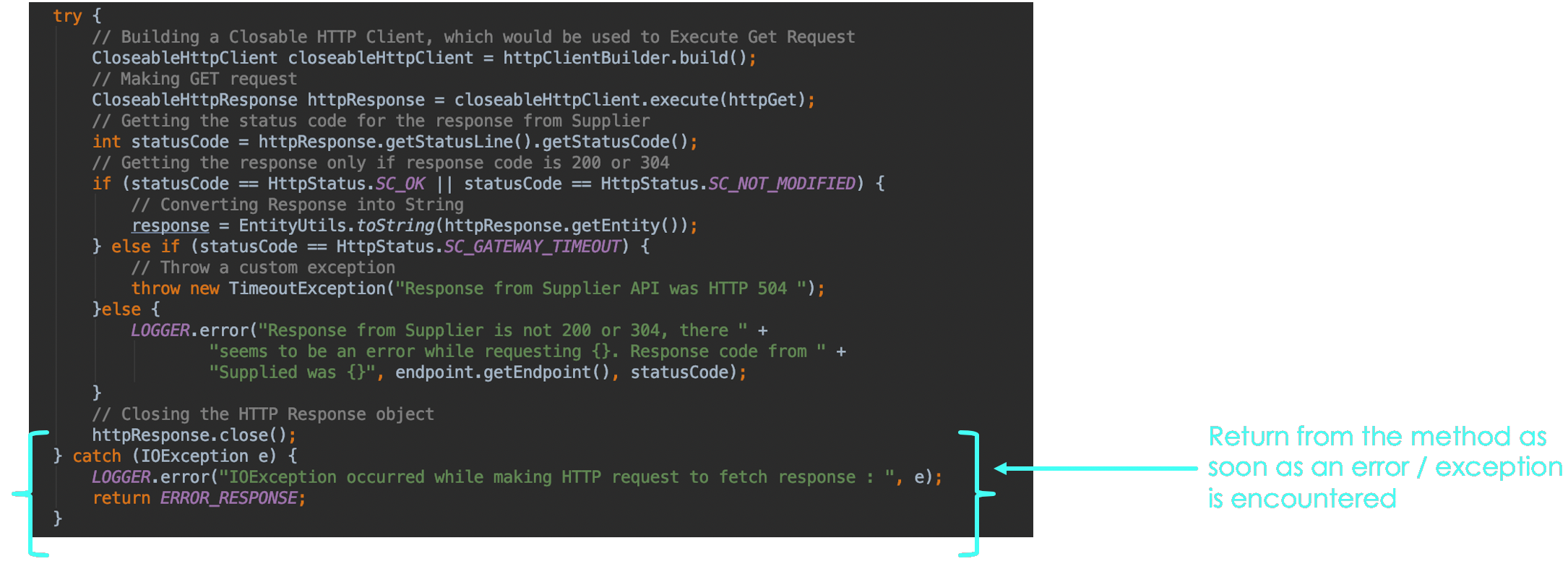
But what’s the disadvantage?
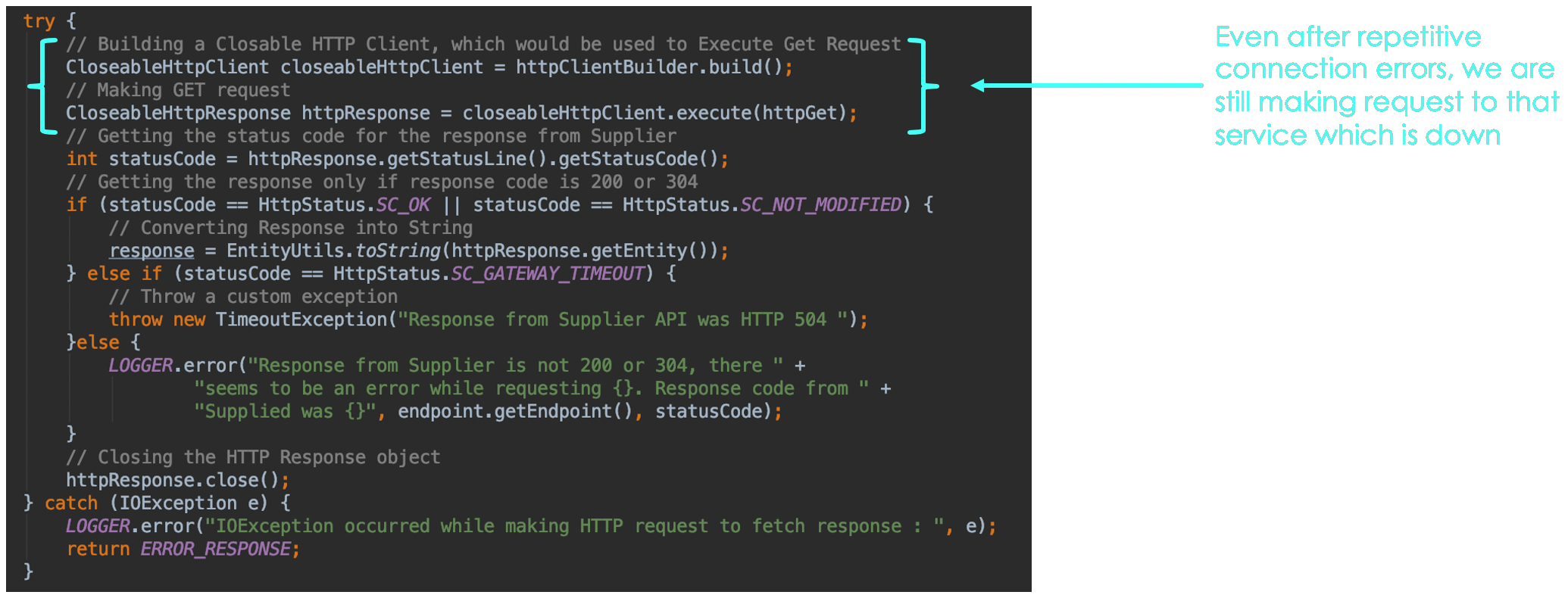
Although immediate failures are good, but if we know request to a service has failed 10 times, why should be make request 11th time?
Remote service goes Unresponsive

How to handle unresponsiveness

Downsides of timeout failures
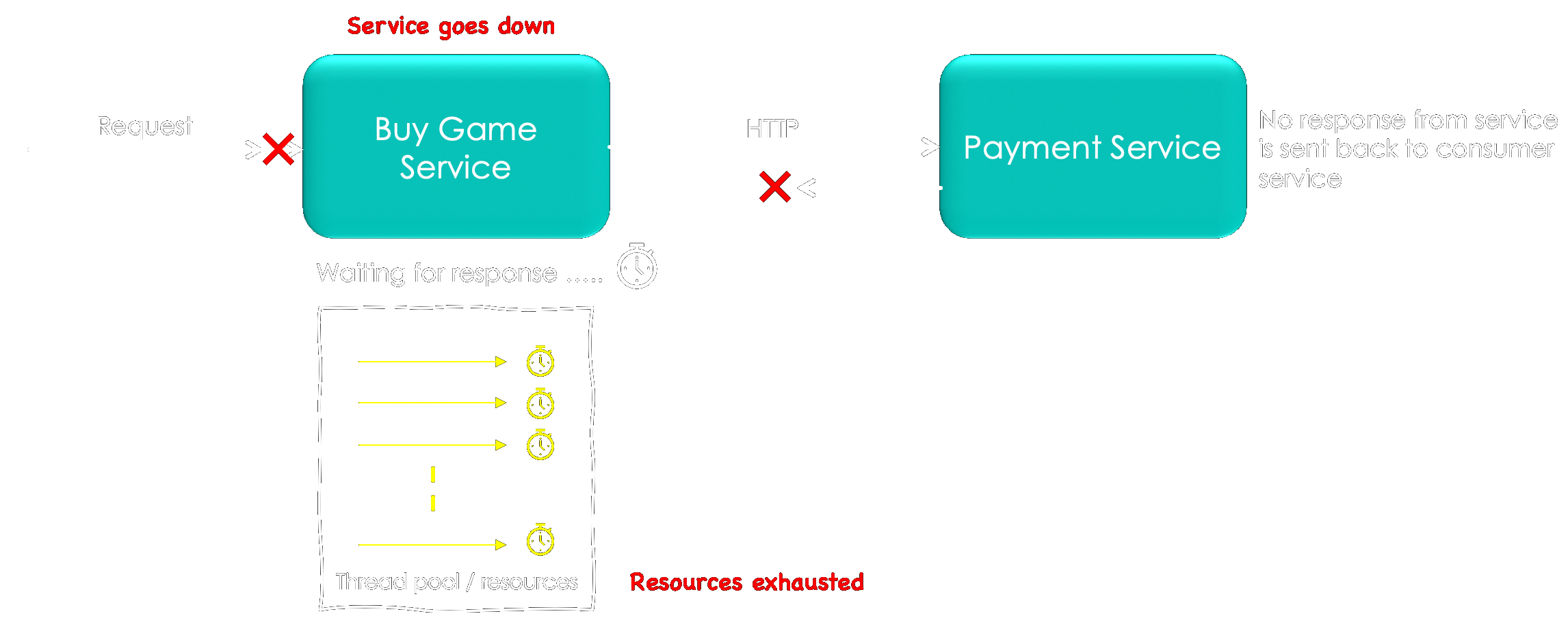
Cascade failures

Cascade failures
Cascading failure is a failure where the failure of one part of an interconnected system results in the failure of more parts, and eventually the whole system
Fault tolerant systems
- Fault tolerance refers to the ability of a system (a microservice application in our case) to continue operating without interruption when one or more of its components fail.
- Objective of fault tolerant systems is to remove single point of failure from a system
- Fault tolerant systems ensures high availability
How to make fault tolerant systems
Avoiding Cascade failures
- Timeouts
- Retry
- Circuit Breaker
- Bulkhead
- Cache Optimizations
Circuit breaker pattern
- Circuit breaker acts as a GATE KEEPER for all requests
- It monitors the response from supplier service for consecutive failures
- When consecutive failure crosses a threshold Circuit breaker trips
- As intermittent failures are common, we do not open circuit breaker on first request failure
- Cache Optimizations
Designing Circuit breaker

States of Circuit breaker
1. CLOSED STATE

When everything is normal, the circuit breaker remains in the CLOSED STATE and all calls pass through to the supplier (Payment Service)
States of Circuit breaker
2. OPEN STATE

When the number of failures exceeds a threshold the breaker trips, and it goes into the Open state. The circuit breaker returns an error for calls without executing the function.
States of Circuit breaker
3. HALF-OPEN STATE

Periodically make calls to supplier (Payment Service) to see if it is successfully returning the result. This state is HALF-OPEN.
States of Circuit breaker
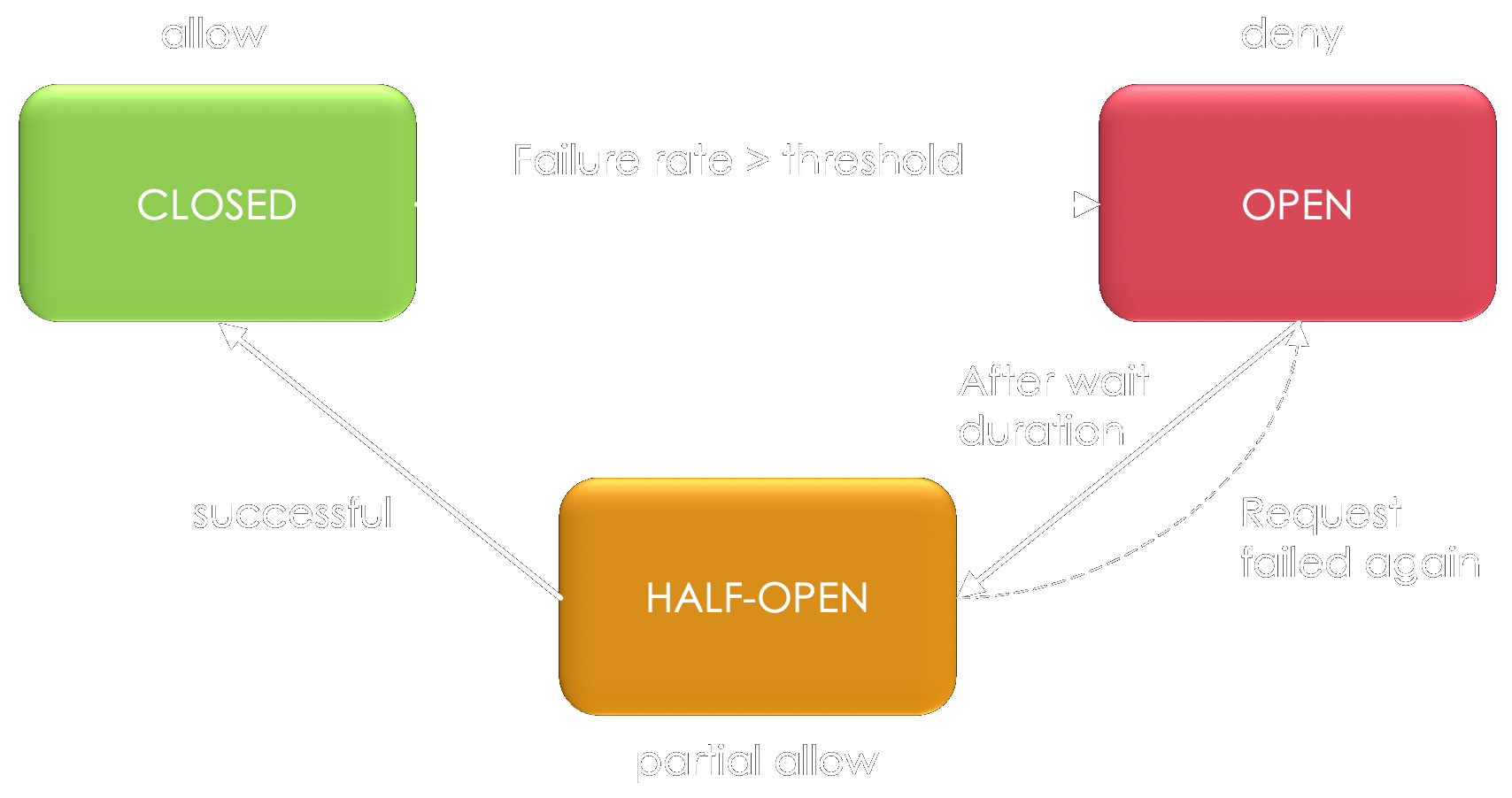
Why do we need Circuit breaker?
- FAIL FASTER : Circuit breaker helps services to FAIL FASTER, which helps conserve resources & keep the system alive
- PREVENTS SERVICE FAILURES : Prevents consumer services from failing
- AUTOMATICE RECOVERY : As circuit breaker periodically checks if supplier is working again, & recovers the whole system
WHAT IS RESILIENCE4J?
- Resilience4j is a library for making Fault Tolerant Applications
- Resilience4j provides modules for implementing:
- Circuit Breaker
- BulkHead
- RateLimiter
- Resilience4j is inspired by a framework called Hystrix which was designed by Netflix
CIRCUIT BREAKER USING RESILIENCE4J
- Resilience4j’s uses a sliding window to store and aggregate the outcome of calls for circuit breaker pattern
- Count-based sliding window
- It checks out of Last N calls how many were successful & how many failed
- And based on that information, circuit breaker state is maintained
- Time-based sliding window
- It checks out of all the calls made in last N seconds; how many were successful & how many failed
- And based on that information, circuit breaker state is maintained
Demo
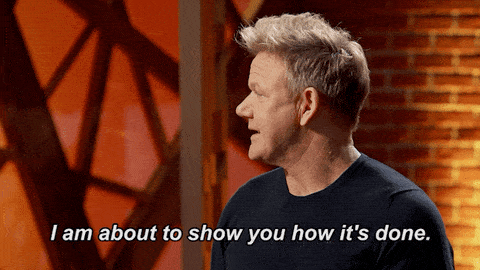
Thank You
Contact Me :
LinkedIn : Ankit Gubrani
Twitter : @ankitgubrani90
Email-ID : [email protected]
Blog : www.codebrains.co.in